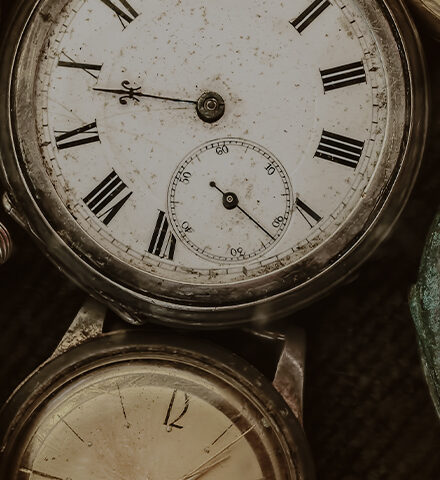Plasma spark sintering (SPS)
Plasma spark sintering (SPS)
Plasma sintering equipment with twin power supplies
Ultra-high-speed sintering produced by "activation power supply" and "sintering power supply"
【Features】
PAS applies electrical energy directly to the powder, and uses both activation by discharge and thermal diffusion and electric field diffusion by energization, so it has many features that cannot be obtained with conventional sintering methods.
・Rapid heating at 1,000 to 2,000 degrees Celsius per minute enables short-time sintering of high-melting point materials such as tungsten and molybdenum, laminated bonding of materials with different melting points, and sintering of functionally graded materials and superelectric materials.
– Non-metals such as fine ceramics can also be sintered.
・Since the sintered part is cleaned and activated by plasma discharge generated between particles, high vacuum or reducing atmosphere is not required.
– Efficiently supplies high-density energy to the required locations and achieves sintering at a lower temperature than other methods.
– Because the sintering is done at a low temperature and for a short time, the crystals in the sintered body do not grow and the amorphous state remains almost unchanged. – Powder particles are bonded together when energized, resulting in a material with excellent electrical and magnetic properties.
・By achieving fine control of input energy, it is possible to sinter stacked materials with different melting points, functionally graded materials, and superconductor materials.
– High-speed heating of 1,000 to 2,000°C per minute is possible, so sintering of high-melting point materials such as carbides, pyrotechnics, tungsten, and molybdenum takes only a short time.
・Without the need for powder metallurgy know-how, anyone can easily obtain high-quality sintered bodies by looking at the sintering function, even those with no sintering experience or even those who are sintering powder for the first time. Masu.
・It is possible to sinter powders, beryllium, aluminum, titanium, molybdenum, etc., which are difficult to sinter using conventional sintering methods.
– Non-metallic materials such as cemented carbide, carbon, and fine ceramic materials that require time to sinter can be easily sintered.
【Principle of discharge sintering】
When a pulse voltage is applied directly to powder, micro discharges occur between the powder particles, generating plasma. This impact evaporates impurities such as oxide films and adsorbed gases on the particle surface. At the same time, heat and strain energy is accumulated on the particle surface and activated, and then a special power source generates Joule heat at the contact area between the activated particles, causing thermal diffusion.
At this time, electric field diffusion occurs in parallel due to the voltage, making it possible to sinter in a short time of several tens of seconds or even minutes.

PAS Ⅳ J The perfect tool for research and development
・Improved operability and usability
・Compact design that can be used anywhere
・From basic experiments to applications
| maximum current | 1,500~4,000A |
| maximum pressure | 50kN |
| maximum operating temperature | 2,400℃ |

PAS Ⅳ High pressure, high power capacity
・High output
・High power supply capacity
・From the development of new materials to product prototyping
・Equipped with a data collection system, allowing analysis on a PC
| maximum current | 4,000~8,000A |
| maximum pressure | 150kN |
| maximum operating temperature | 2,500℃ |
multi-axis

PAS Multi 5-axis simultaneous pressurization/discharge large machine
・We can handle up to 200 x 100 mm large plates.
・By using a split cylinder, two samples can be sintered at the same time.

| maximum current | 10,000~15,000A |
| maximum pressure | 400kN |
| maximum operating temperature | 2,500℃ |
special machine

Customization example
Specifications with vacuum glove box and auto feeder.






